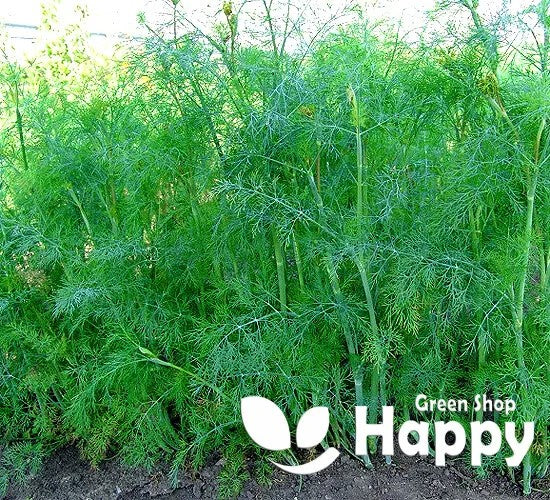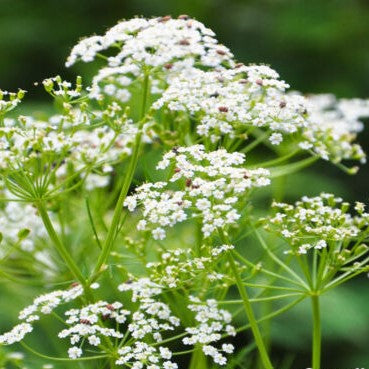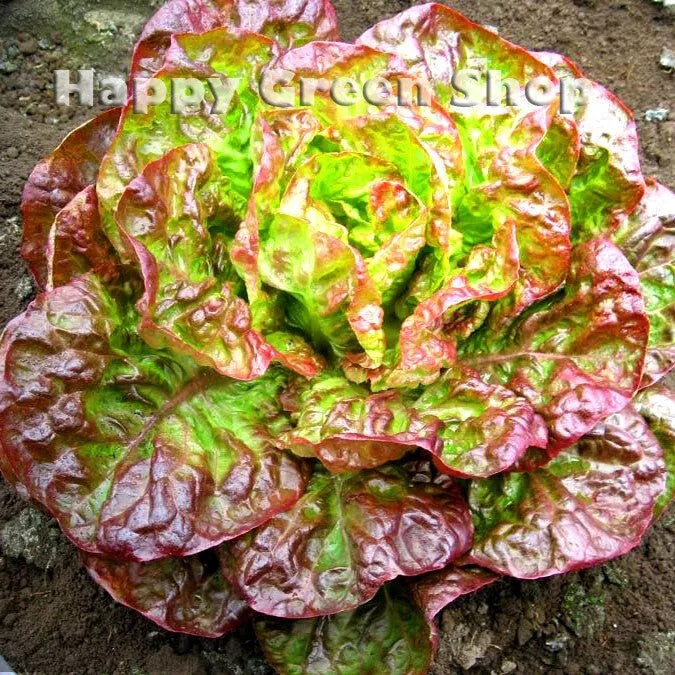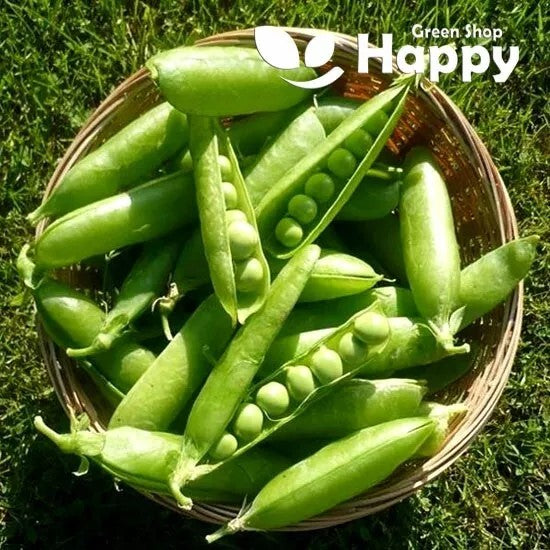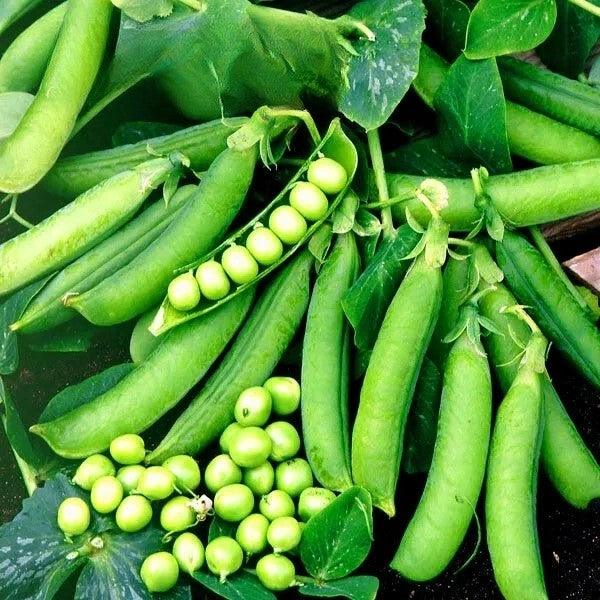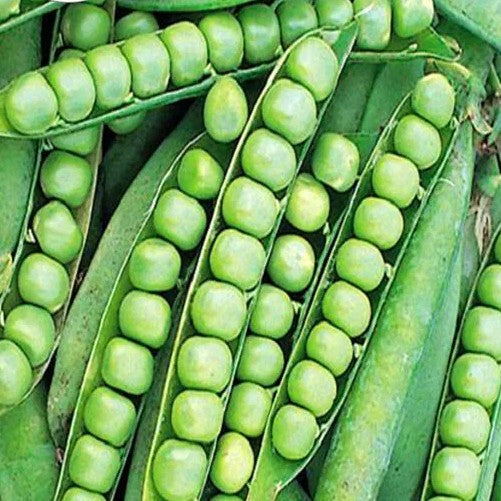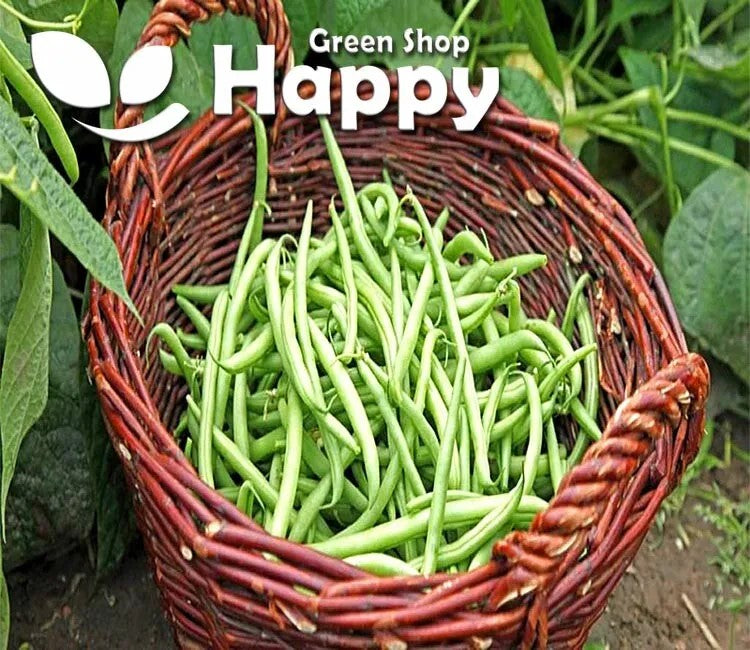Sort by:
19 products
19 products
Dill 'Bouquet' – Seeds (Anethum graveolens)
Dill 'Bouquet' is a fast-growing herb prized for its aromatic leaves, seeds, and delicate yellow flower heads. This popular variety is widely used in the kitchen – perfect for seasoning fish, pickles, sauces, salads, and soups. Its feathery foliage is also highly decorative, making it a dual-purpose plant for culinary and ornamental use.
How to Grow
-
Sow outdoors: April – July directly where plants are to grow.
-
Soil: Well-drained, fertile soil in full sun.
-
Spacing: Thin seedlings to 20–30 cm apart.
-
Water regularly to keep soil moist but not waterlogged.
Key Features
-
Popular dill variety with strong flavor
-
Aromatic leaves, seeds, and flower heads
-
Fast-growing and easy to cultivate
-
Great for fresh use or drying
-
Decorative feathery foliage
Ideal For
-
Herb gardens and borders
-
Culinary use in pickling, sauces, and fish dishes
-
Companion planting with cucumbers and cabbages
Sowing & Harvest
-
Sow: April – July
-
Harvest: Leaves from May onwards, seeds in late summer
Quick Tip
Harvest leaves early in the morning for maximum flavor. Sow little and often for a continuous supply throughout the season.
Coriander Seeds (Coriandrum sativum)
Grow fresh, aromatic herbs with Coriander (Coriandrum sativum). This versatile herb produces feathery green leaves and aromatic seeds, perfect for salads, cooking, and spice blends. Fast-growing and easy to cultivate, it’s ideal for herb gardens, kitchen beds, and containers.
How to Grow
-
Sow seeds directly outdoors from early spring to late summer.
-
Use fertile, well-drained soil in full sun to partial shade.
-
Sow seeds 0.5–1 cm deep and thin seedlings to 15–20 cm apart.
-
Keep soil consistently moist for best germination (7–14 days).
-
Harvest leaves when young and tender; collect seeds when fully mature.
Key Features
-
Feathery, aromatic green leaves and flavorful seeds
-
Fast-growing and easy to cultivate
-
Ideal for fresh salads, cooking, and spice blends
-
Suitable for outdoor and container growing
-
Hardy and versatile culinary herb
Ideal For
-
Herb gardens, kitchen beds, and containers
-
Fresh salads, cooking, and seasoning
-
Homegrown spice production
-
Companion planting to attract beneficial insects
Sowing
-
Best time: Early spring to late summer outdoors
-
Depth: 0.5–1 cm
-
Spacing: Thin to 15–20 cm apart
-
Prefers full sun to partial shade and fertile, well-drained soil
Quick Tip
-
Sow in succession every 2–3 weeks for a continuous supply of fresh leaves and seeds.
Caraway Seeds (Carum carvi)
Grow aromatic, versatile seeds with Caraway (Carum carvi). This hardy biennial herb produces feathery green foliage and crescent-shaped seeds with a warm, slightly sweet flavor, perfect for bread, cooking, and herbal remedies. Easy to grow, it’s ideal for herb gardens, kitchen beds, and pollinator-friendly plantings.
How to Grow
-
Sow seeds directly outdoors from early spring to early summer.
-
Use fertile, well-drained soil in full sun.
-
Sow seeds 0.5–1 cm deep and thin seedlings to 20–25 cm apart.
-
Keep soil consistently moist for germination (10–20 days).
-
Harvest seeds in late summer when the seed heads turn brown; cut and dry them for storage.
Key Features
-
Feathery green foliage and aromatic crescent-shaped seeds
-
Biennial, hardy, and easy to grow
-
Ideal for baking, cooking, and herbal remedies
-
Attracts pollinators and enhances garden biodiversity
-
Suitable for herb gardens, kitchen beds, and companion planting
Ideal For
-
Herb gardens and kitchen beds
-
Baking, cooking, and spice blends
-
Pollinator-friendly gardens
-
Homegrown culinary and medicinal use
Sowing
-
Best time: Early spring to early summer outdoors
-
Depth: 0.5–1 cm
-
Spacing: Thin to 20–25 cm apart
-
Prefers full sun and fertile, well-drained soil
Quick Tip
-
Harvest seeds when seed heads are fully brown and dry them in a warm, airy place for long-term storage.
Batavian Lettuce 'Canasta' – Seeds (Lactuca sativa)
Enjoy crisp and tender leaves with Batavian Lettuce 'Canasta', a traditional variety known for its red-tinted, crinkled heads and excellent bolt resistance. This semi-heading lettuce produces large, crunchy leaves with a mild, sweet flavor, perfect for fresh salads or as a base for summer dishes. Hardy and versatile, 'Canasta' thrives even in warmer weather, making it a reliable choice for gardeners.
How to Grow
. Sow indoors from February to April or directly outdoors from March to July
. Sow thinly, 0.5 cm deep, in rows 25–30 cm apart
. Thin seedlings to 20–25 cm apart to allow full head development
. Prefers full sun and fertile, well-drained soil
. Water consistently to prevent bitterness and promote tender leaves
Key Features
. Traditional Batavian lettuce with semi-heading form
. Large, crisp leaves with red-tinged edges
. Mild, sweet flavor perfect for fresh salads
. Excellent bolt resistance in warm conditions
. Easy to grow and high yielding
Ideal For
. Summer salads and fresh eating
. Home gardens and allotments
. Gardeners seeking heat-tolerant lettuce
. Companion planting in vegetable beds
Sowing & Harvest
. Sow: February – July
. Harvest: May – September
Quick Tip
Harvest outer leaves regularly to encourage continuous growth, or allow full heads to form for a crunchy centerpiece lettuce.
Pea ‘Rondo’ Maincrop Seeds (Pisum sativum)
Enjoy a bountiful late-season harvest with Pea ‘Rondo’ Maincrop (Pisum sativum). This hardy climbing variety produces long, plump pods packed with sweet, tender peas, perfect for fresh eating, steaming, or freezing. Reliable and highly productive, it’s ideal for vegetable gardens, allotments, and extended homegrown harvests.
How to Grow
-
Sow seeds directly outdoors from early spring to late spring.
-
Use well-drained, fertile soil in full sun to partial shade.
-
Sow seeds 3–5 cm deep and 5–7 cm apart in rows 50–60 cm apart.
-
Provide stakes, netting, or a trellis for climbing growth.
-
Keep soil consistently moist but avoid waterlogging.
-
Harvest pods when fully formed but still tender for best flavor.
Key Features
-
Maincrop variety producing long, plump, sweet pods
-
Hardy, climbing, and highly productive
-
Ideal for fresh eating, steaming, or freezing
-
Reliable in temperate climates
-
Perfect for vegetable gardens and allotments
Ideal For
-
Vegetable gardens and allotments
-
Extended harvest for cooking and freezing
-
Climbing support with trellises or stakes
-
Companion planting with nitrogen-fixing crops
Sowing
-
Best time: Early to late spring outdoors
-
Depth: 3–5 cm
-
Spacing: 5–7 cm apart, rows 50–60 cm apart
-
Prefers full sun to partial shade and fertile, well-drained soil
Quick Tip
-
Sow in successive batches every 2–3 weeks for a longer maincrop harvest.
Pea ‘Onward’ Seeds (Pisum sativum)
Enjoy a reliable and early harvest with Pea ‘Onward’ (Pisum sativum). This hardy climbing variety produces long, tender pods filled with sweet, flavorful peas, perfect for fresh eating, steaming, or freezing. Easy to grow and highly productive, it’s ideal for vegetable gardens, allotments, and homegrown culinary use.
How to Grow
-
Sow seeds directly outdoors from early spring as soon as the soil can be worked.
-
Use well-drained, fertile soil in full sun to partial shade.
-
Sow seeds 3–5 cm deep and 5–7 cm apart in rows 50–60 cm apart.
-
Provide stakes, netting, or a trellis for climbing growth.
-
Keep soil consistently moist but not waterlogged.
-
Harvest pods when fully formed but still tender for best flavor.
Key Features
-
Early-maturing climbing variety with long, tender pods
-
Hardy and highly productive
-
Ideal for fresh eating, steaming, or freezing
-
Easy to grow in temperate climates
-
Perfect for vegetable gardens and allotments
Ideal For
-
Vegetable gardens and allotments
-
Fresh harvest for cooking and freezing
-
Climbing support with trellises or stakes
-
Companion planting with nitrogen-fixing crops
Sowing
-
Best time: Early spring outdoors
-
Depth: 3–5 cm
-
Spacing: 5–7 cm apart, rows 50–60 cm apart
-
Prefers full sun to partial shade and fertile, well-drained soil
Quick Tip
-
Sow successive batches every 2–3 weeks to enjoy a continuous early-season harvest.
Pea ‘Alderman’ Seeds (Pisum sativum)
Enjoy sweet, tender peas with Pea ‘Alderman’ (Pisum sativum). This classic climbing variety produces long, plump pods filled with flavorful peas, perfect for fresh eating, steaming, or freezing. Hardy and highly productive, it’s ideal for vegetable gardens, allotments, and homegrown culinary delights.
How to Grow
-
Sow seeds directly outdoors from early spring as soon as the soil can be worked.
-
Use well-drained, fertile soil in full sun to partial shade.
-
Sow seeds 3–5 cm deep and 5–7 cm apart in rows 50–60 cm apart.
-
Provide support with stakes, netting, or a trellis for climbing growth.
-
Water consistently, keeping soil moist but not waterlogged.
-
Harvest pods when peas are fully formed but still tender.
Key Features
-
Long, plump, sweet-flavored pods
-
Hardy, climbing, and highly productive
-
Ideal for fresh eating, steaming, or freezing
-
Easy to grow in temperate climates
-
Perfect for vegetable gardens, allotments, and homegrown use
Ideal For
-
Vegetable gardens and allotments
-
Fresh harvest for cooking and freezing
-
Vertical planting with trellises or stakes
-
Companion planting with nitrogen-demanding crops
Sowing
-
Best time: Early spring outdoors
-
Depth: 3–5 cm
-
Spacing: 5–7 cm apart, rows 50–60 cm apart
-
Prefers full sun to partial shade and fertile, well-drained soil
Quick Tip
-
Sow successive batches every 2–3 weeks to enjoy a continuous harvest throughout the season.
French Bean 'Ibiza' – Seeds (Phaseolus vulgaris)
The French Bean 'Ibiza' is a high-yielding, reliable variety producing straight, slender pods with excellent flavor and texture. Perfect for picking young and tender, these beans are stringless, smooth, and packed with vitamins, making them a staple for summer gardens. Suitable for outdoor growing or in polytunnels, this variety is loved by gardeners for its productivity and long harvest window.
How to Grow
-
Sow indoors from April for planting out after frost, or sow direct outdoors from May to July.
-
Sow seeds 4–5 cm deep, spacing 15 cm apart, in rows 40–50 cm apart.
-
Prefers well-drained, fertile soil in a sunny, sheltered spot.
-
Water regularly, especially in dry spells.
-
Pick pods regularly to encourage continuous cropping.
Key Features
-
Straight, stringless pods with excellent taste
-
Heavy cropping, long harvest season
-
Rich in vitamins A, C, and K
-
Suitable for fresh use or freezing
-
Compact habit, ideal for small gardens or allotments
Ideal For
-
Steaming, boiling, and stir-frying
-
Freezing for later use
-
Companion planting in vegetable gardens
-
Garden beds, raised beds, or containers
Sowing & Harvest
-
Sow: April to July
-
Depth: 4–5 cm
-
Spacing: 15 cm apart, 40–50 cm between rows
-
Harvest: July to September
Quick Tip
-
Harvest pods while young and tender for the best flavor. Regular picking boosts yield.
French Bean ‘Blue Lake’ Seeds (Phaseolus vulgaris)
Harvest crisp, tender beans with French Bean ‘Blue Lake’ (Phaseolus vulgaris). This classic variety produces long, uniform, deep green pods ideal for fresh eating, steaming, or freezing. Easy to grow and highly productive, it’s perfect for vegetable gardens, allotments, and homegrown cooking.
How to Grow
-
Sow seeds directly outdoors after the last frost or start indoors 4–6 weeks earlier.
-
Use well-drained, fertile soil in full sun.
-
Plant seeds 2–3 cm deep and 10–15 cm apart, with rows 40–50 cm apart.
-
Support climbing varieties with stakes or a trellis if needed.
-
Water regularly to keep soil moist, especially during flowering and pod formation.
-
Harvest pods when they are young, tender, and well-filled.
Key Features
-
Long, uniform, deep green pods
-
Highly productive and easy to grow
-
Ideal for fresh eating, steaming, or freezing
-
Hardy and reliable in temperate climates
-
Perfect for vegetable gardens, allotments, and homegrown cooking
Ideal For
-
Vegetable gardens and allotments
-
Fresh harvest, steaming, and freezing
-
Companion planting with nitrogen-fixing crops
-
Homegrown culinary use
Sowing
-
Best time: After last frost outdoors or 4–6 weeks earlier indoors
-
Depth: 2–3 cm
-
Spacing: 10–15 cm apart, rows 40–50 cm apart
-
Prefers full sun and fertile, well-drained soil
Quick Tip
-
Pick pods regularly to encourage continuous production throughout the season.
Showing 18/19




